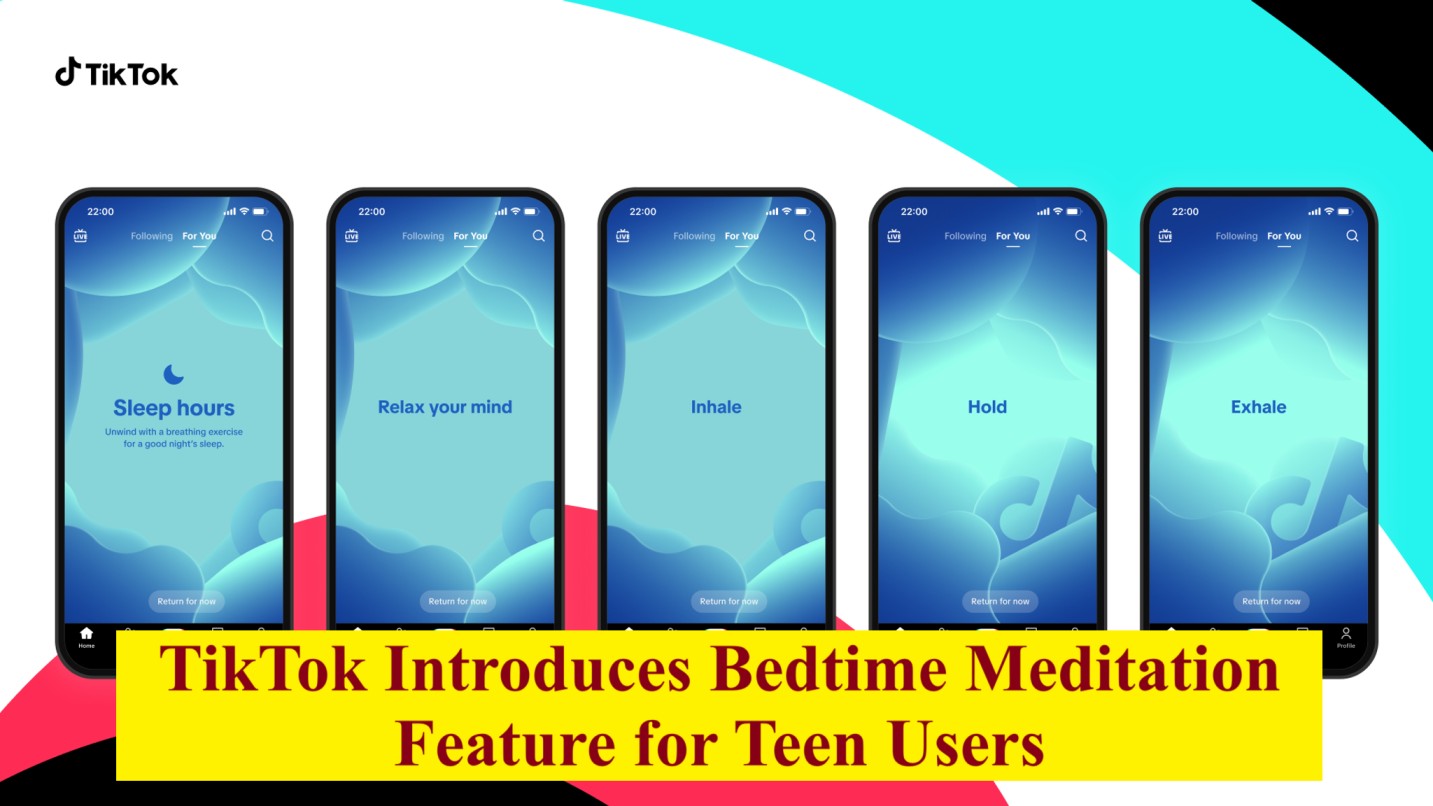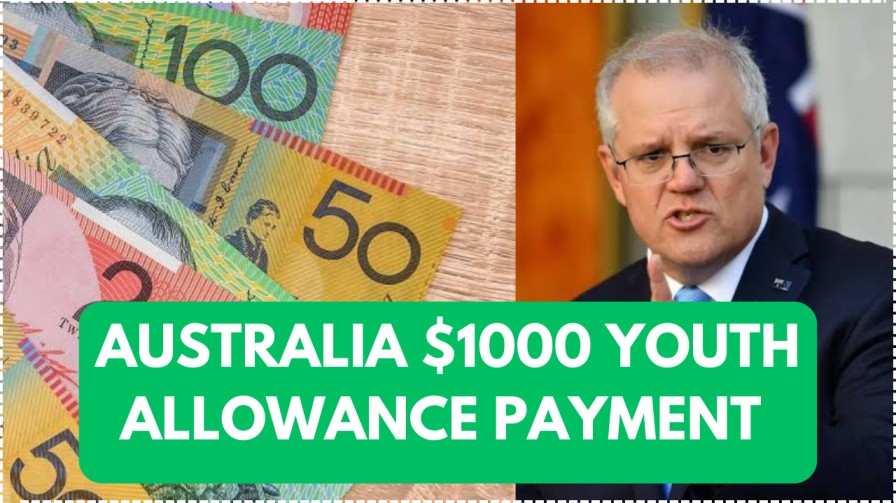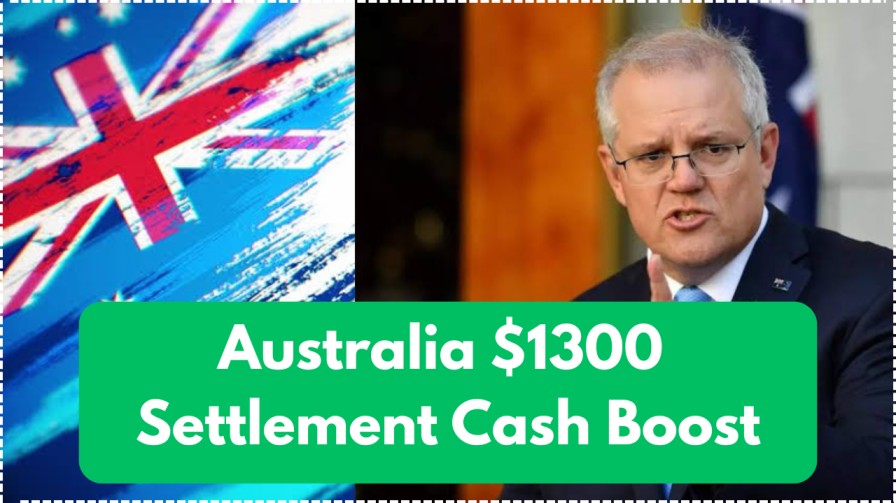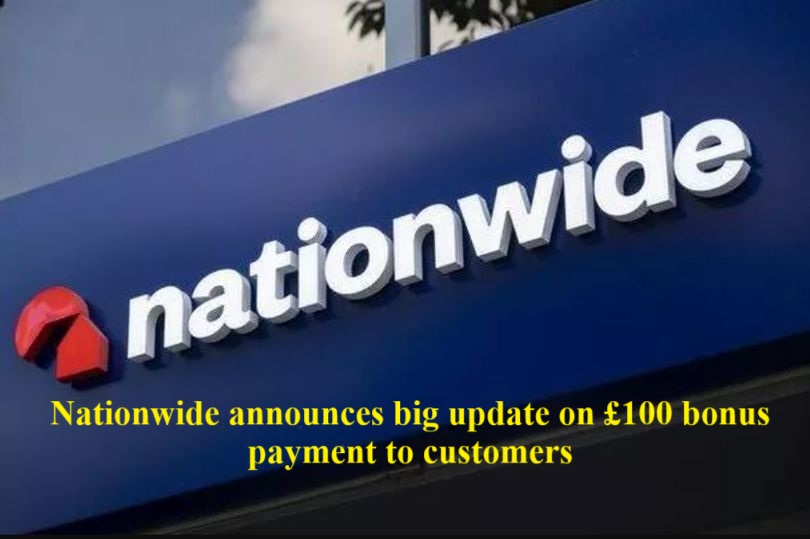So here’s something a bit unexpected: TikTok—the app best known for dance trends, memes, and endless scrolls—is trying out a new feature aimed at teenagers who can’t seem to stop scrolling after dark. If you’re a teen and you’re still on the app past 10pm, TikTok might now suggest… a guided meditation.
Yes, really.
The idea is to gently interrupt the usual stream of videos with something calmer, more grounding. Something that, in theory, nudges young users toward sleep—or at least toward slowing down. The meditation prompt won’t exactly force you off the app, but it does interrupt the flow. And if you ignore the first nudge? You’ll see a second one. Full-screen. Harder to swipe past. A bit more insistent, but still optional.
From a technical point of view, this meditation feature will be available to everyone, not just teens. But for users under 18, it’s turned on by default. Adults can opt in if they want, though whether many will is hard to say.
According to TikTok, when they tested this with teens, a surprising 98% left the meditation prompts switched on. That stat raises a few questions—like how many of those teens actually used the feature, versus just didn’t bother toggling it off—but still, it’s notable.
This move is part of a broader shift we’re seeing across social media platforms. Big Tech, under mounting scrutiny, is starting to implement more visible changes to protect younger users. It’s not just TikTok either—Meta and Snapchat have also rolled out new features recently. Meta’s put restrictions on teen accounts, while Snapchat’s made it trickier for adults to contact younger users without connections.
TikTok’s also offering free ad space to mental health organizations, which feels like a nice gesture. It’s unclear how visible or effective those ads will be, but still—steps in the right direction, perhaps?
Meanwhile, the pressure on platforms is growing. In the UK, for instance, new rules from Ofcom are set to kick in this July. Companies could face fines or even outright bans if they fail to limit harmful content reaching young people. They’ll also have to make reporting tools easier to use and ensure age verification is solid—especially on sites where kids might be exposed to things like pornography or self-harm imagery.
Australia’s taking an even firmer stance. Starting in December, kids under 16 simply won’t be allowed on social media at all. After lawmakers backed the measure, Prime Minister Anthony Albanese put it pretty plainly: “We want our kids to have a childhood.” It’s hard to argue with that sentiment, even if the implementation will likely be messy and contentious.
So where does that leave us?
Well, social media’s not going away. Teenagers will still be online. But little by little, the platforms are shifting. Maybe not fast enough, and maybe not always in the right ways—but these nudges, like TikTok’s late-night meditation feature, are part of a growing effort to rethink how apps shape our lives, especially for the youngest users.
It’s not perfect. But it’s something.





